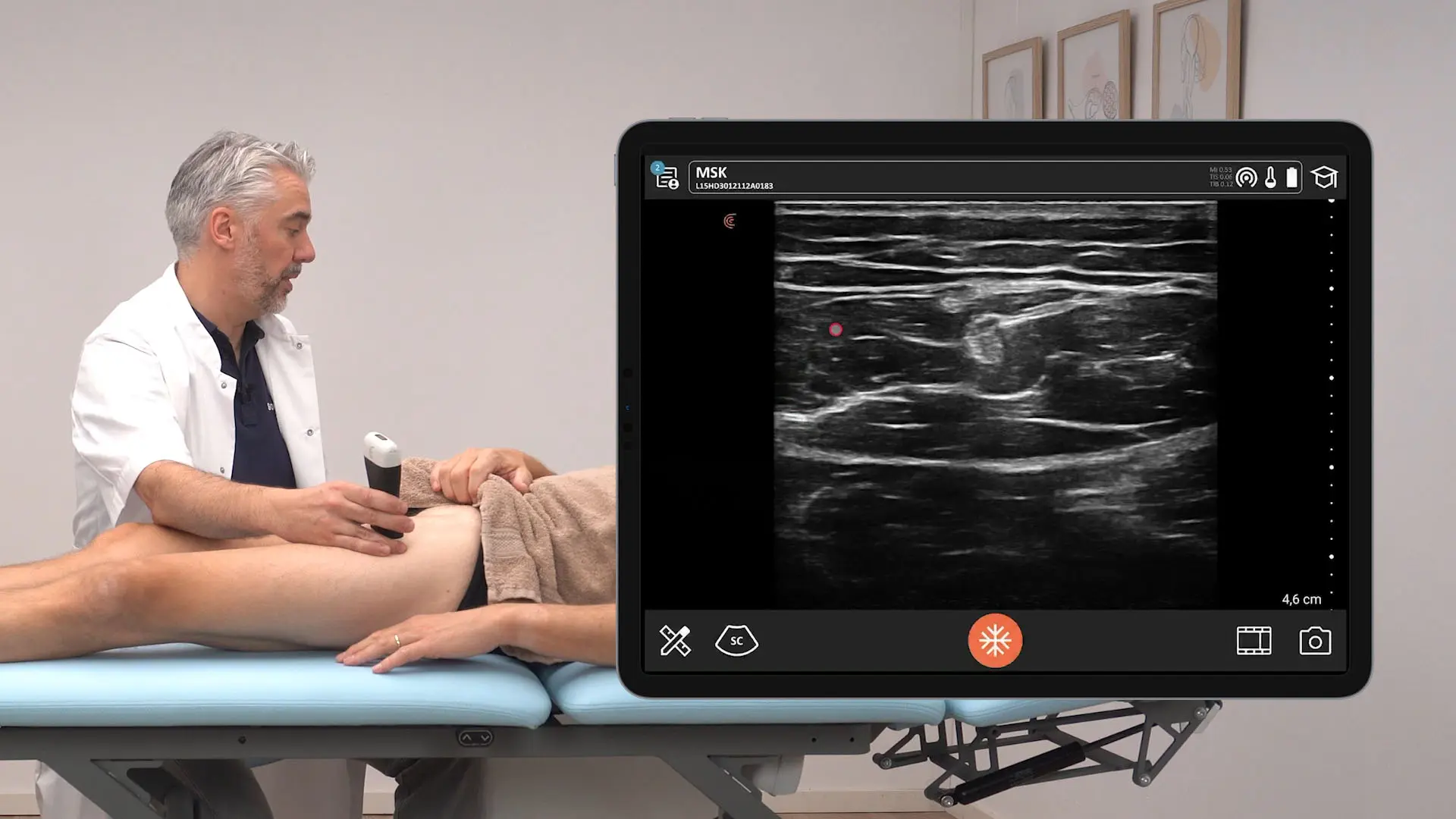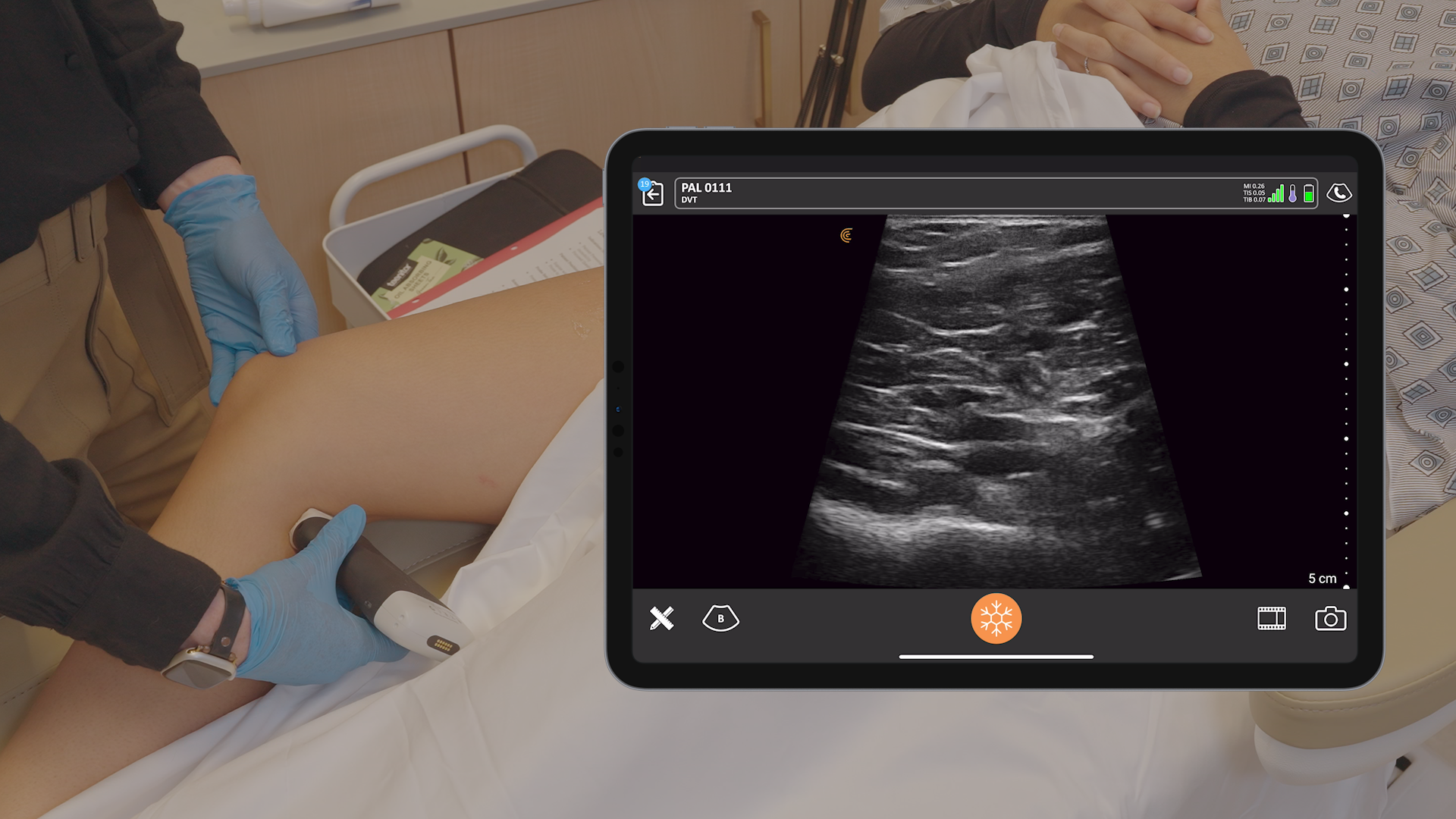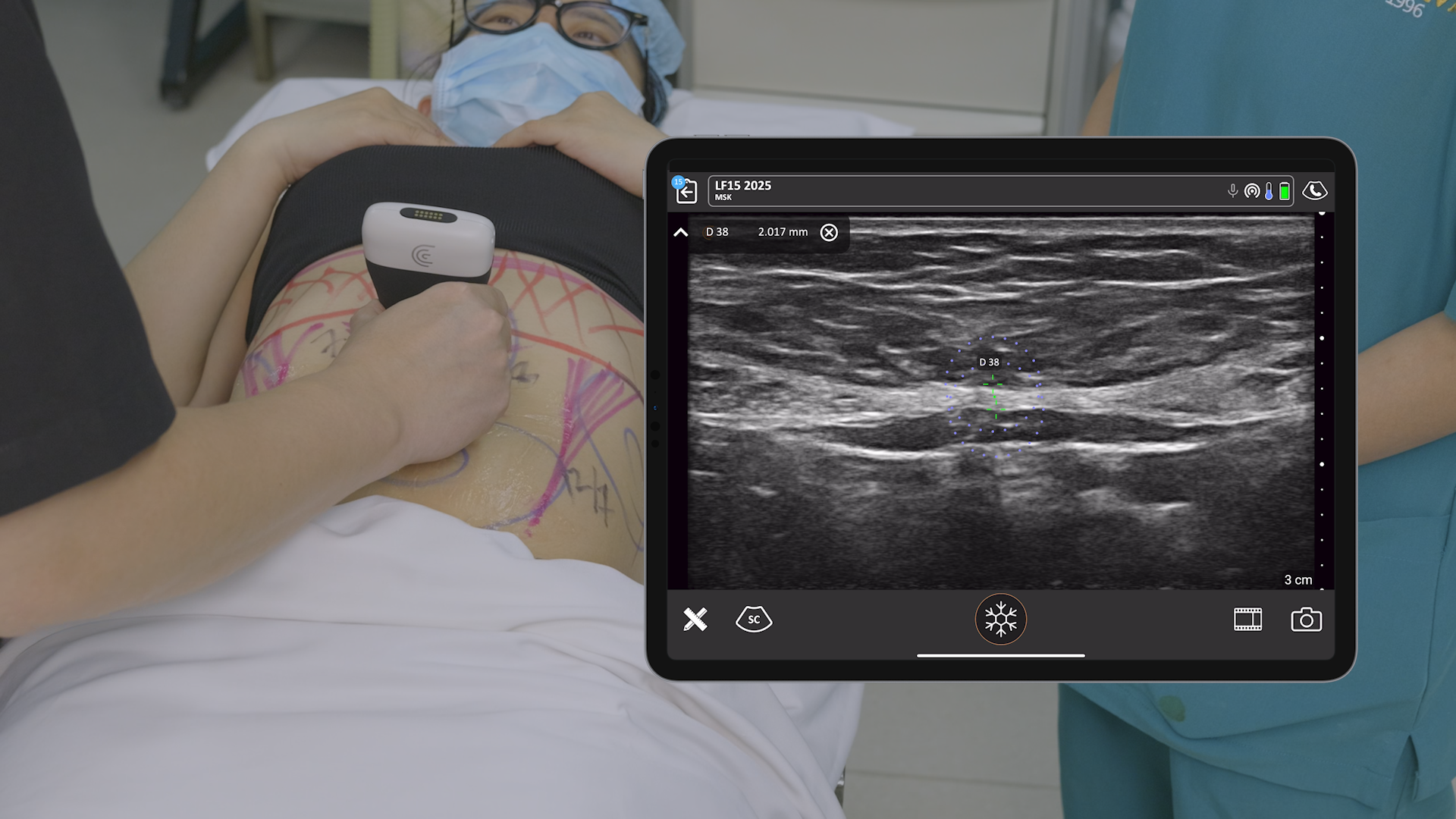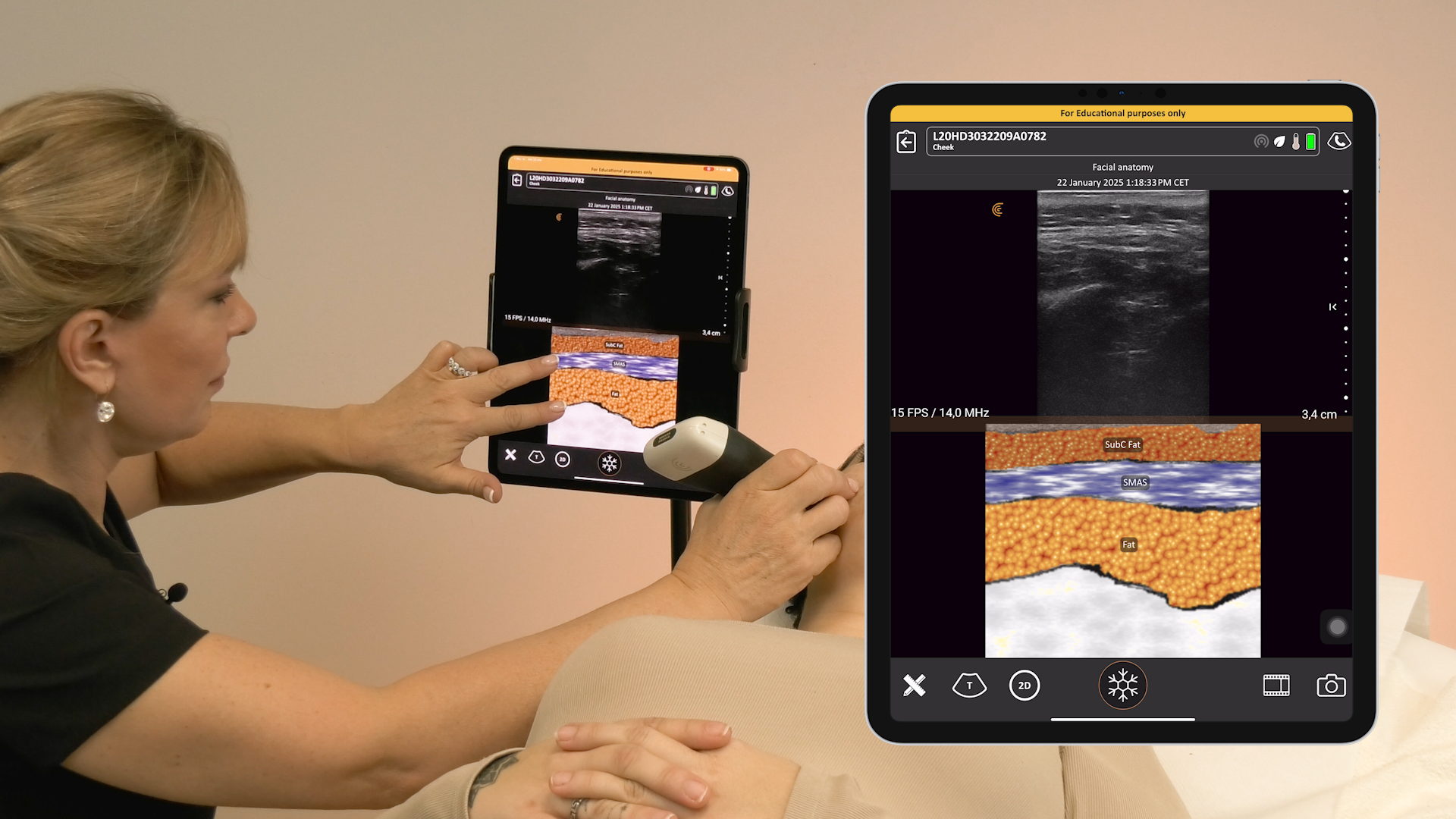The use of bedside ultrasound has revolutionized patient care. Trauma patients dependent on immediate diagnosis have particularly benefitted from quick ultrasound-guided bedside evaluation.
A pneumothorax, often seen in the ER, is one condition particularly dependent on a quick diagnosis.
Prior to ultrasound, patients with suspected traumatic pneumothorax were evaluated with chest radiography. However this method was poor, and inadequate for effectively detecting pneumothoraces.
A pneumothorax occurs when air infiltrates the pleural cavity–as a result of traumatic injury to the chest wall or spontaneously. Although there are risk factors that predispose patients to a pneumothorax, most patients presenting to the emergency department have pneumothorax secondary to trauma.
Fast diagnosis is important because of the potential complication of a tension pneumothorax. This develops when a lung or chest wall injury allows air into the pleural space but not out of it (a one-way valve). As a result, air accumulates and compresses the lung, eventually shifting the mediastinum, compressing the contralateral lung, and increasing intrathoracic pressure enough to decrease venous return to the heart, causing shock.
Because a tension pneumothorax can develop so rapidly, quick detection of pneumothoraces in trauma patients is critical, and therefore bedside ultrasonography is a quick and reliable means for identification.
The images below, as shared with us by a Clarius user Dr. Barry Chan, were taken after a patient developed left scapular pain after a transbronchial biopsy.
To view additional images, and more Clarius use cases, please click on Clarius Cases.












